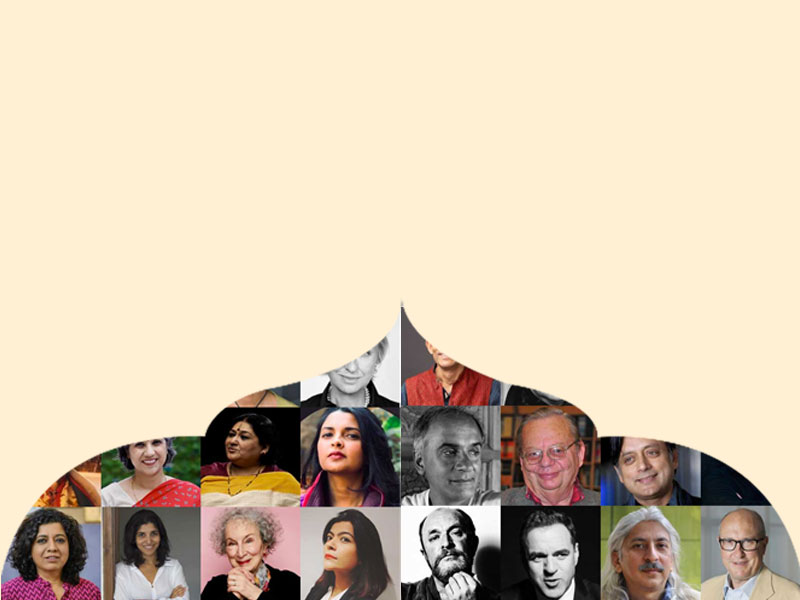Tune in for narratives critical to our times. Listen, ask and seek answers.
Watch NowGardens of Paradise
Tom Stuart-Smith, Jurjen Vandertas, Philippa Vaughan, Mehreen Chida-Razvi and Nur Sobers-Khan in conversation with William Dalrymple
Presented by Aga Khan Foundation
Paula Van Hagen, Official ZEEJLF At The British Library Blogger
ZEEJLF Co-Director and author, William Dalrymple introduced the session by welcoming the “extraordinary†panel.
Philippa Vaughan, an art historian who currently advises on conservation and heritage projects relating to South Asia, views the Islamic garden as a potent interpretation of the notion of paradise, with its provision of shade accompanied by the coolness of water and, most crucially, the cross-axel space. Despite this, she pointed out that Islamic gardens were not always quiet spaces, but were also places of ritual and important for conveying elite power and prestige.
Mehreen Chida-Razvi Researcher at SOAS and Assistant Editor of the International Journal of Islamic Architecture, shares Vaughan’s passion for the gardens of the Moghul Period (1526 onwards). She noted that they saw a flowering of creativity in regard to garden design, with complex water systems and a multiplicity of formal spaces. The gardens of this period were mutable spaces that changed depending on their function, but they were also where the royal family lived. Contemporary historical texts and miniatures highlight the garden as a staging area where prominent events in the lives of the royal family would occur, sometimes against the dramatic backdrop of terraces with the hydrologic marvel of water moving between different levels.
Nur Sobers-Khan, Lead Curator for South Asia at the British Library, openly acknowledged that she was not a garden specialist. However, her academic expertise combined with access to the illuminated manuscripts held in British Library South Asia collection had enabled her to collate paintings to illustrate the sensorium of the Moghul garden. These illustrations demonstrated not just how formal gardens were laid out, but also how the planting was motivated by use of scent, texture and colour: the garden becoming not just a metaphor for space, but also emotional state.
Jurjen van der Tas, deputy director of the Historic Cities Programme of the Aga Khan Trust for Culture with an MSc in tropical agricultural development delightedly introduced the audience to nine gardens and parks restored or created by AKDN across the world, each with its own variation on ‘paradise’. He said that AKDN aims to demonstrate that green spaces can be catalysts for positive economic, social and cultural change. These parks are meant for large numbers of the public, and in this way, vary from the exclusive, private and above all intimate garden spaces meant to be used only by the elite.
English landscape architect, garden designer and writer Tom Stuart-Smith specialises in making gardens that combine naturalism and modernity, and has won no fewer than 8 Gold medals at Chelsea. He described his Moroccan garden project, to restore a one-acre site in the heart of Marrakesh, where a 19th century Islamic garden lay under a century of neglect. Stuart-Smith’s design brought this version of paradise to renewal alongside a Christian version of paradise: both coming together in a lush unification of scent, smells and flowing water. He is now working on an Islamic garden on a site in Kings Cross, sponsored by AKDN: Jellicoe Garden will be the capital’s newest city garden reflecting the Persian tradition of garden design.





Leave a comment